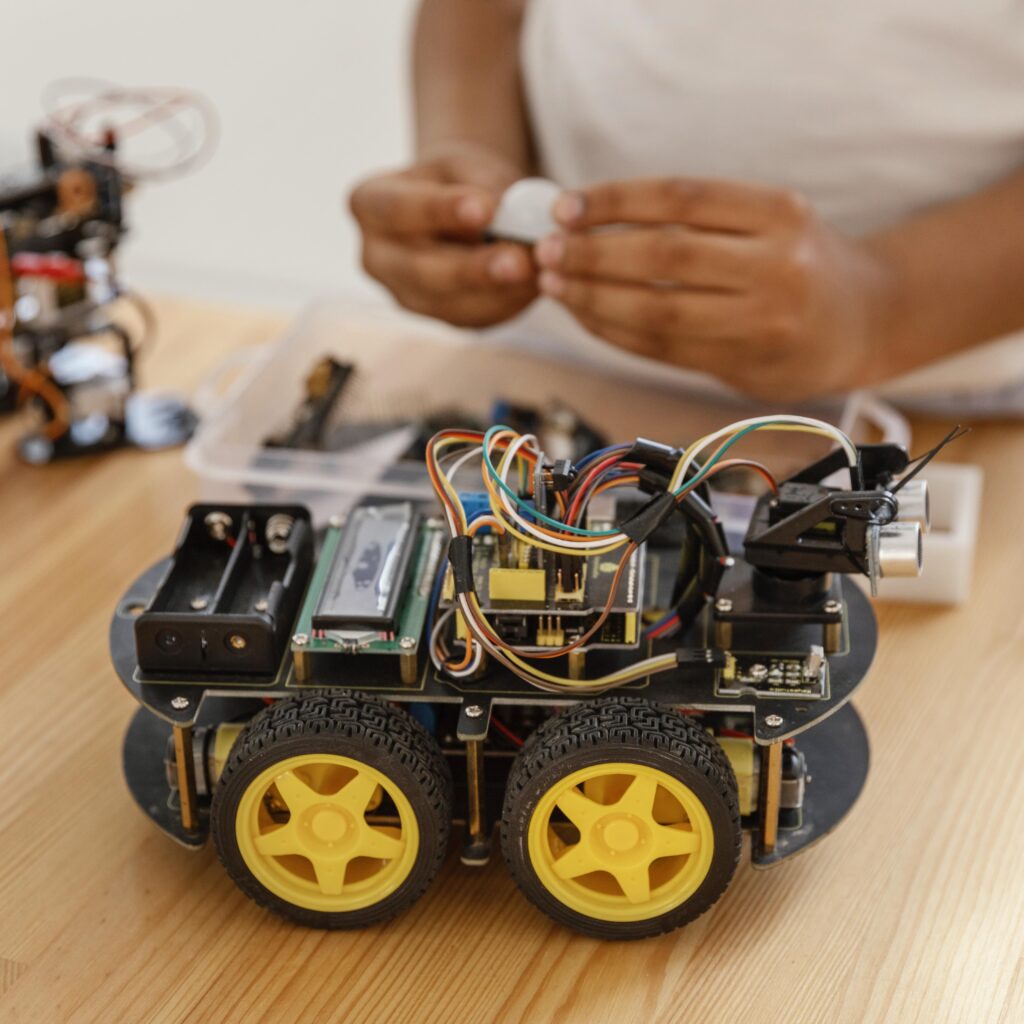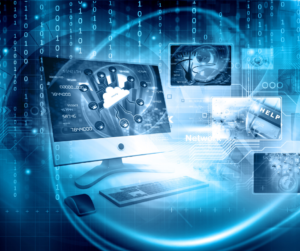
Introduction of Emergency Technology Non obviousness
The world of technology is constantly evolving, with novel breakthroughs emerging that have the potential to revolutionize our existence in unimaginable ways. While many technical developments generate significant anticipation and get much publicity, others may be less conspicuous but nevertheless have a comparable level of influence. This article delves into the less obvious emerging technologies that are influencing our future, highlighting their importance and potential uses in emergency technology. Non-obviousness
Emergency Technology
Emergency Technologies are under development technologies that will replace the current technology in the near future. We will use them in every field of the life including education information technology, medical transportation, communication and many more.
- Robotics
- AV cars
- Artificial Intelligence
- Virtual Reality
- 3D Imaging
- Holographic Imaging
Understanding non-obviousness
Non-obviousness in technology pertains to developments that are not readily evident or generally acknowledged but possess the capacity to have substantial effect. These are the innovations that may not get widespread attention but are silently transforming industries and reshaping our lifestyles and workplaces.
The importance of innovation
Less apparent technologies often stimulate innovation by tackling specialized issues, enhancing current solutions, or establishing wholly new markets. By pushing the boundaries of what is possible, they play a crucial role in the advancement of science and technology.
Advanced Robotics

Human-Robot Interaction
A very stimulating field in robotics is the development of sophisticated human-robot interaction. Specifically designed to collaborate with people, these robots provide support in a wide variety of activities, including industrial production and home duties. Their ability to comprehend and react to human emotions and directives makes them excellent companions in a variety of environments.
The role of robots in the healthcare industry is significant.
Healthcare now uses robots for surgical procedures, rehabilitation, and as companions for the elderly. Surgical robots provide superior accuracy and control compared to human skills, while rehabilitation robots facilitate speedier patient recovery via consistent and personalized physical treatment.
Quantum computing
Quantum computing has the potential to transform computing by using the principles of quantum physics. Quantum computers, in contrast to conventional computers, use qubits instead of bits to process information, enabling them to execute intricate computations at unparalleled velocities.
Possible uses
Quantum computing has a wide range of possible uses, such as drug discovery, financial modelling, cryptography, and tackling intricate optimization issues. Although quantum computing is still in its nascent phase, it has the potential to address challenges that are now beyond the capabilities of traditional computers.
Advancements in Biotechnology
The discussion focuses on CRISPR and gene editing.
The advent of CRISPR technology has revolutionized the field of gene editing, enabling scientists to make very accurate modifications to DNA. This scientific advancement has the potential to treat genetic problems, improve crops’ ability to withstand challenges, and perhaps eliminate illnesses such as malaria by altering the DNA of carrier species
Individualized Medicine
Personalized medicine customizes therapy based on an individual’s genetic composition, lifestyle, and surroundings. Healthcare practitioners can improve patient outcomes and reduce adverse effects by utilizing advancements in genetics and biotechnology to provide more precise and efficient medications.
Conclusion
The quickly advancing technology provides dramatic advances that are both anticipated and unexpected. Emergency technologies have the potential to completely transform industries including healthcare, education, and communication. Examples include sophisticated robotics, artificial intelligence, autonomous cars, and 3D and holographic imagery. These less visible breakthroughs cover niche problems, open up new markets, and subtly change sectors.
Advanced robots improve efficiency and quality of care for patients, while quantum computing revolutionises the fields of drug discovery and cryptography. Biotechnological breakthroughs such as CRISPR and personalised medicine provide innovative therapies and tailored healthcare.
It is essential to invest in these technologies in order to tackle existing difficulties and unleash potential opportunities in the future.





